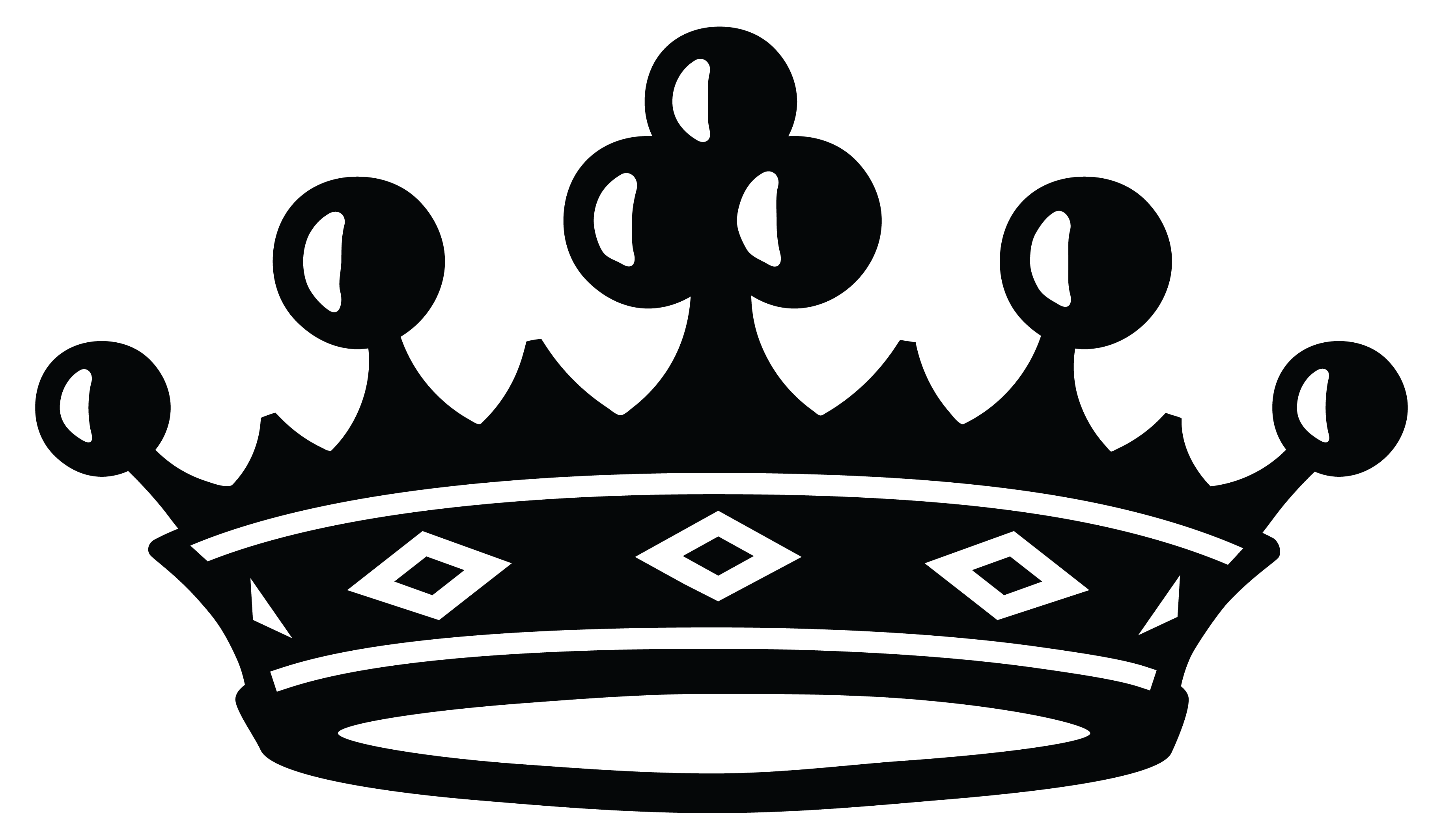Central to the home is the language spoken in the household, growing up - the first language - and its connection to religion and cultural practices. The common language spoken in Tulbagh, where the exhibition is set, is Afrikaans. Evidently the exhibition has reflected this occurrence as both contextually relevant and strange in itself. There is an awkwardness to the ways in which language dictates the doctrines of religion and culture. Perhaps this is most evident in Turiya Magadlela suggestively placed bed frames, covered in the pages from an Afrikaans Bible. It was not necessarily our aim to have such a focus on Afrikaans throughout the exhibition, but it soon became an emerging theme. Indeed, Conradie’s Afrikaans titled ‘Geestelike Onderhouding’ (meaning ‘religious support/maintenance’) is a precarious assemblage of half-filled miniature liquor bottles that speak to the ‘dop system’ that was once prolific on farms in the Western Cape. While her work provokes the stigma of the Afrikaans oppressor, Kamyar Bineshtarigh’s paintings forms part of his on-going research into archives of Arabic-Afrikaans and the enslaved communities and indentured Muslim labourers that first recorded this creole language. Similarly it is also used as a celebration of culture, and a manner of claiming space, of making a home. Asemahle Ntlonti’s laboriously treated canvas surfaces are all titled in her mother tongue, Xhosa. ‘Khaya khulu I, II and III’ speaks of the beauty of a home and the histories kept in the painted layers of its walls. Wezile harmans invites us into a room of his creation, made of stitched mutton cloth, and lined with handwritten phrases that brims with affirmation and self-love, proclaiming that the home is also a place of confidence and of care.










